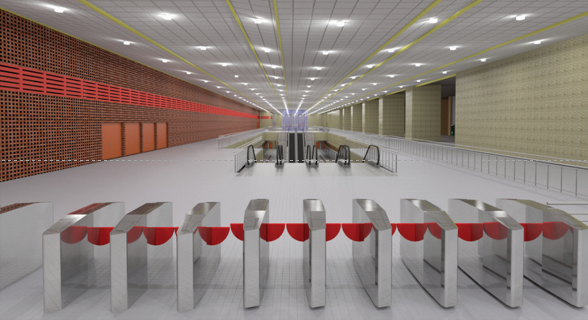Virtual Design and Construction (VDC) is a methodology that involves the management of integrated multi-disciplinary performance models of design-construction projects, including the product (i.e., facilities), work processes, and the organization of the design-construction-operation team. VDC leverages BIM and other digital tools to improve the planning, coordination, and execution of construction projects.
Key Concepts of VDC
- Integration of Models:
- VDC integrates various models and data from different disciplines (architecture, structural engineering, MEP, etc.) into a single, coherent virtual model.
- This comprehensive model helps visualize the project holistically and ensures all parts fit together seamlessly.
- Simulation and Analysis:
- VDC involves simulating construction processes, project schedules (4D), and costs (5D) to predict potential issues and optimize the project delivery.
- Simulations help in identifying conflicts, assessing construction logistics, and evaluating the impact of design changes.
- Collaboration and Coordination:
- VDC promotes collaboration among all project stakeholders by providing a shared virtual environment where they can interact with the model.
- Regular coordination meetings are held to review the model, discuss changes, and make informed decisions.
- Performance Measurement:
- VDC includes metrics and KPIs to measure the performance of the project against predefined goals.
- These metrics can relate to schedule adherence, budget compliance, quality standards, and safety benchmarks.
Benefits of VDC
- Enhanced Visualization:
- Provides a detailed and interactive visualization of the project, allowing stakeholders to understand the design and construction plan better.
- Helps in identifying and resolving spatial conflicts and other design issues before construction begins.
- Improved Planning and Scheduling:
- Facilitates better planning by enabling the simulation of different construction scenarios and their outcomes.
- Helps in creating more accurate and reliable project schedules and timelines.
- Cost Management:
- Supports detailed cost estimation and budgeting by linking the virtual model to cost databases and financial models.
- Allows for early identification of cost overruns and potential savings.
- Risk Mitigation:
- Identifies potential risks and issues early in the project, allowing for proactive mitigation strategies.
- Reduces the likelihood of costly errors and rework by ensuring all aspects of the project are well-coordinated.
- Increased Productivity:
- Streamlines workflows and processes, leading to increased efficiency and productivity on the construction site.
- Enhances communication and coordination, reducing delays and improving overall project execution.
Implementation of VDC
- Develop a VDC Plan:
- Create a detailed VDC plan outlining the objectives, scope, roles, and responsibilities of the project team.
- Define the processes, tools, and technologies that will be used in the VDC implementation.
- Build the Integrated Model:
- Develop an integrated BIM model that includes all relevant disciplines and data.
- Ensure the model is regularly updated and maintained throughout the project lifecycle.
- Conduct Simulations and Analyses:
- Use the integrated model to simulate construction processes, schedules, and costs.
- Analyze the results to identify potential issues and optimize the project plan.
- Facilitate Collaboration:
- Hold regular coordination meetings with all stakeholders to review the model and discuss project progress.
- Use collaboration tools and platforms to facilitate communication and information sharing.
- Monitor and Measure Performance:
- Continuously monitor the project’s performance against the defined metrics and KPIs.
- Use the insights gained to make informed decisions and adjustments to the project plan.

